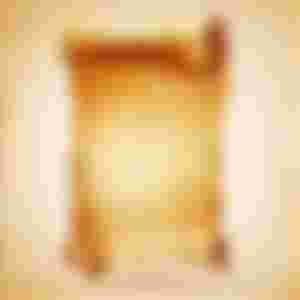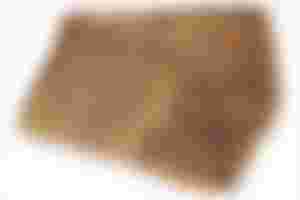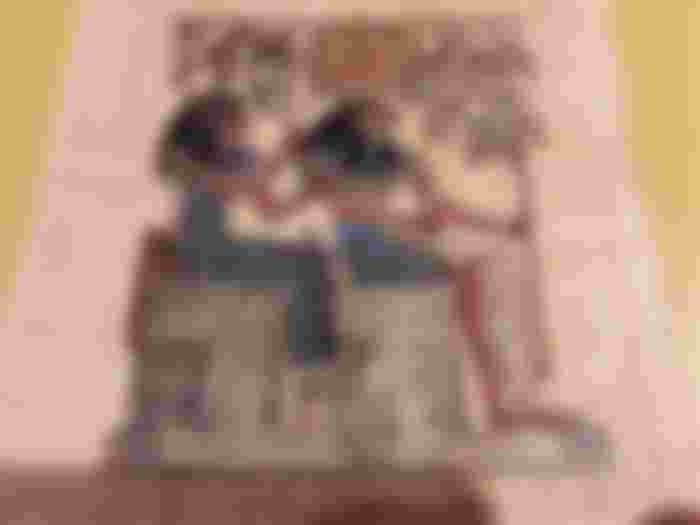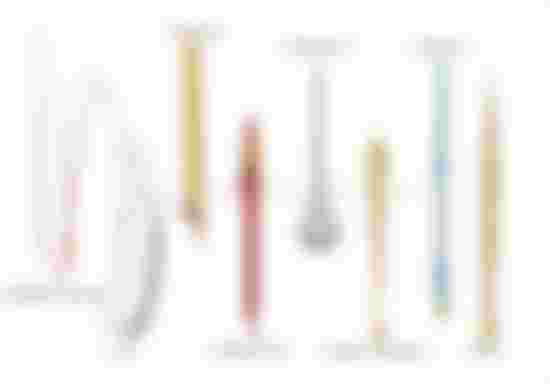Papyrus is the first man-made writing material. This material, similar to today's paper, began around 2500 BC. e. to be made in Egypt from a wild marsh plant, a species of reed also called papyrus. This grass,like plant grows next to or in water, is up to four meters high, and its stem is woody and soft, sometimes up to ten centimeters thick. The papyrus plant had multiple uses in ancient Egypt. Baskets, asuras, clothes, ropes were made of slender stalks, and even sails were made of thicker stalks. Its core, when cooked, was food for the poor, and when it dried, it was used as fuel. Depending on the quality of the papyrus, its price has also changed. The most expensive papyrus was used for books, and cheaper options were bought for letters or personal notes.
Today, the papyrus plant is often used as an ornamental plant in ponds and pools in warm regions or in botanical gardens. Today, it is known how the writing material was produced from it, based on the records of the Roman writer Pliny the Younger.
The process began by splitting the stem of the papyrus plant into strips, which were then thinned and ironed. The strips were then arranged next to each other, and the second row of strips was stacked over them, at right angles. Such layers of papyrus are then glued with Nile mud water or wheat flour glue.

The leaves obtained in this way are then spread out in the sun to dry. Papyrus was one of the main export products of Egypt for some time, and around 1500 BC. e. the main shopping center for papyrus sales was located in the city of Byblos. He arrived in Greece in the 7th century BC. e., and then to Rome and other parts of Europe, where it was used as a writing material until the 10th century. On papyrus, it was written with a pen made of pointed reeds (calamus) in black and red.
The papyrus book had the shape of a scroll and it was usually written only on the inside of the ribbon, in columns written perpendicular to the length of the scroll.

In Egypt itself, papyrus was used during the pharaonic dynasties. It was exported to Greek countries, and then to Rome, and to all other Mediterranean countries. Papyrus was used to write Greek texts in Egypt until VIII. century, and the Arabs used it until the X century. In some European countries (eg in the Roman Curia) it was used until the XI. st. It was pushed out of use by more durable parchment, and in the Arab world by increasing paper production. Many papyrus books and documents have been preserved in Egypt (very rarely in other countries).

Depending on the climate, various writing materials were used.
Lead pencil:Pencil made of lead with a decorative end; it was first used in the Middle Ages and was later replaced by the graphite lead pencil.
Steel pen:Curved point mounted on a handle; it is dipped in an inkwell to write.
Stylus: Pointed instrument used by the ancient Greeks to etch wax tablets; the flattened end was used to erase etching.
Quill:Large feather with a hollow stalk (calamus) that is sharpened to a point and dipped in ink to write; it was used in the Middle Ages.
Cane pen:Instrument that was used from antiquity through the Middle Ages to write on papyrus and parchment; it remains the traditional instrument of Arabic calligraphy.

Egyptian reed pen: Small reed that is sharpened to a point and used to draw hieroglyphics on clay tablets or to write in ink on papyrus.
Writing brush:Natural bristles set into a handle and dipped in ink to write; it has been used for Chinese calligraphy for 4,000 years.
Roman metal:Metal writing instrument devised by the Romans in ancient times; it is the ancestor of the modern metal pen, which appeared in the 19th century.



